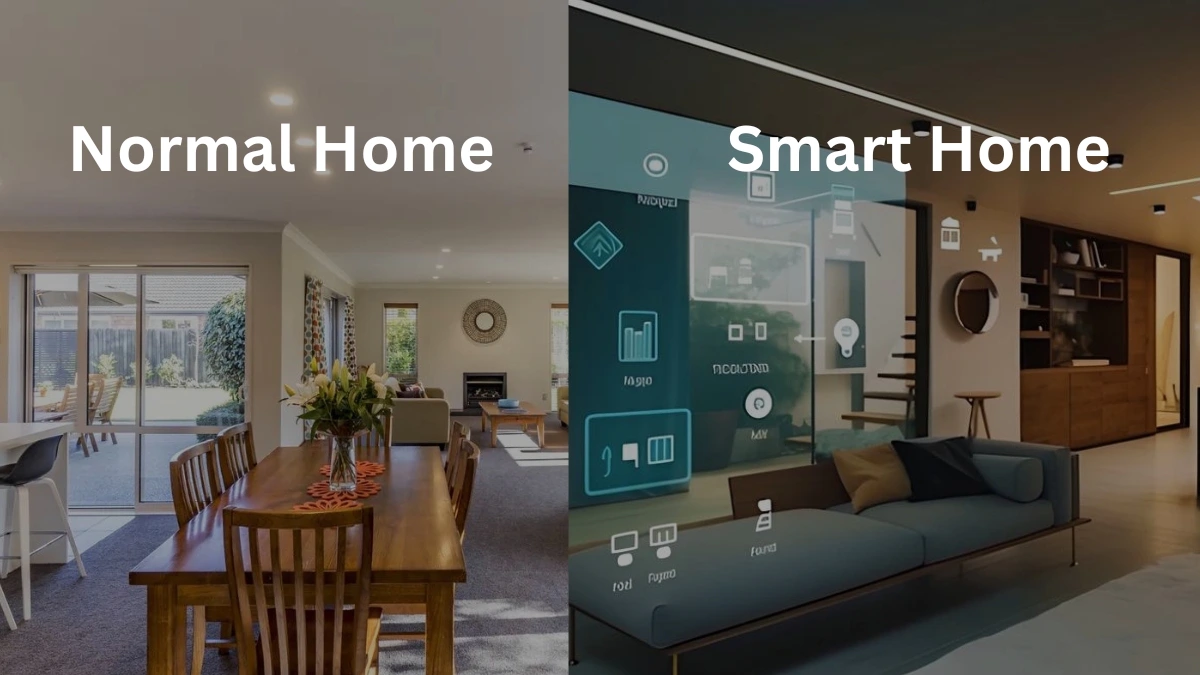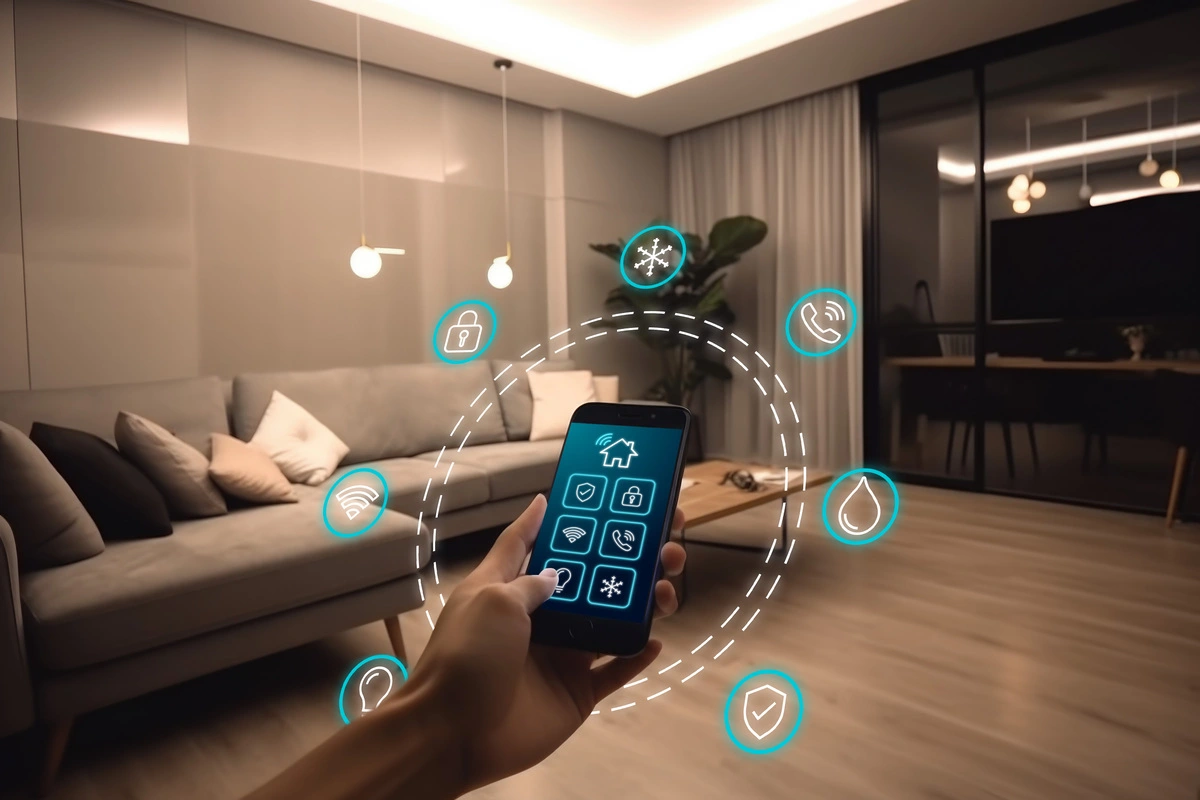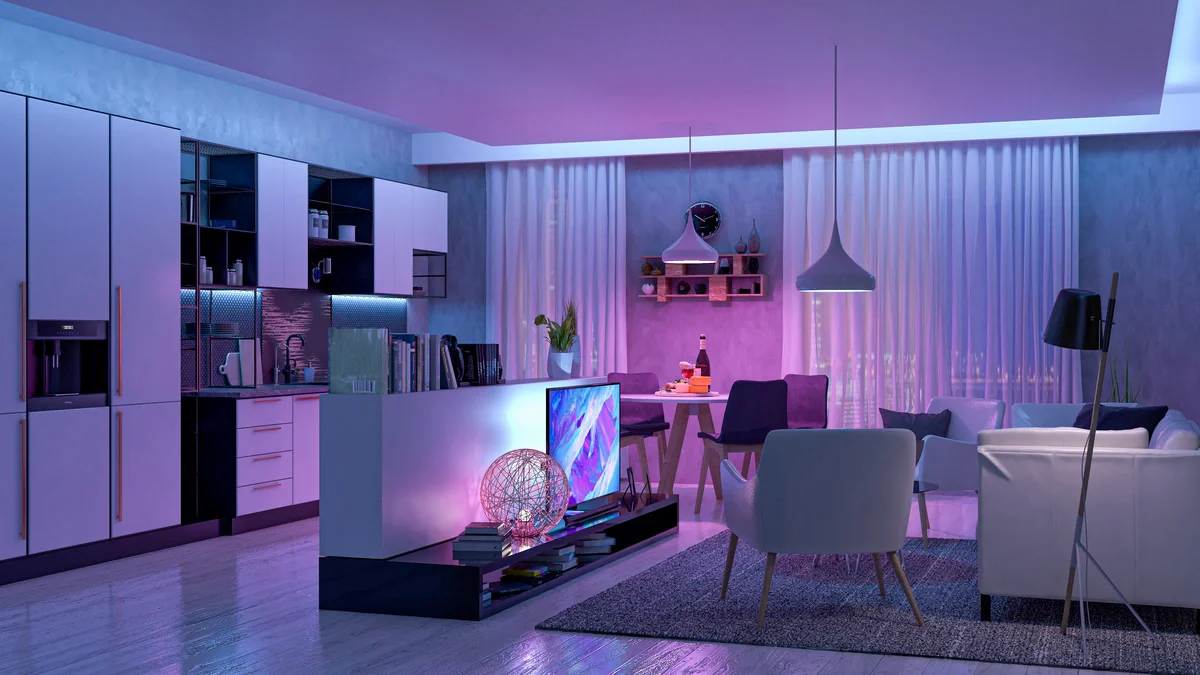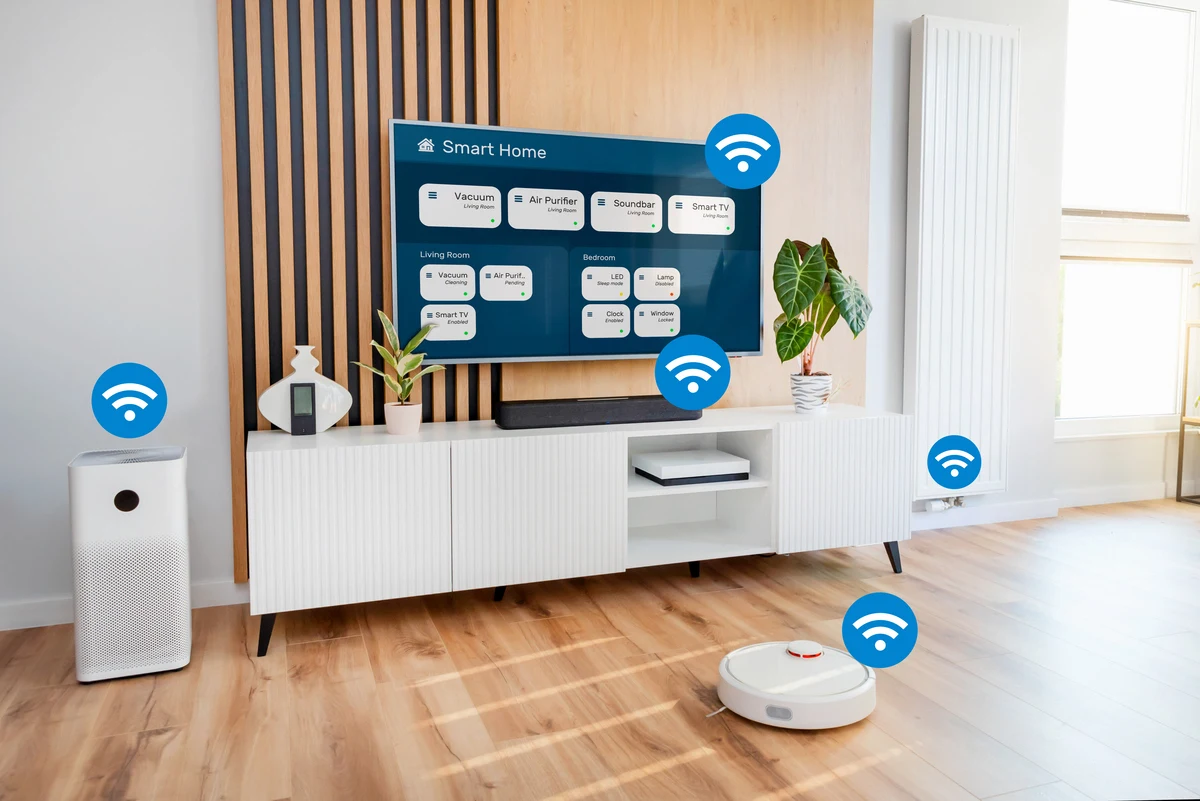These days, technology is in every part of our lives. The difference between smart homes and regular homes affects how we see and use our living places. Getting a smart home isn’t just about getting the newest tool; it’s a big change in your lifestyle that can affect everything from your energy use to home security.
In this in-depth comparison, we look at what makes smart houses unique and what their benefits are, while also recognizing the classic qualities of the home that many people still love. Let’s break down the details so you can make an informed choice about where to live.

A place to call home is important for every family because it’s a safe place to be and a place where memories are made.
Our ideas about what a home is changing as we move through the 21st century and all of its technology changes. The rise of smart home technologies gives people more control, comfort, and connection than ever before, but many people still long for the simplicity of traditional home setups.
The real question is which setting best supports our needs for safety, efficiency, and living in a way that is mindful?
A quick Definition of smart home
Many technology parts of everyday life in a smart home are linked together through the Internet of Things (IoT). Devices talk to each other and to you, making a world that can be managed by a main screen, which is usually a smartphone or a voice-activated system like Google Assistant or Amazon’s Alexa.
The goal of this connectivity is to make your life easier, save you money, and sometimes even add a bit of luxury.
A quick Definition of Normal home
On the other hand, Normal homes are known for being simple and built by hand. The TV and fridge don’t “talk” to each other here, and the lights are turned on the old-fashioned way, by flipping switches. This set-up fits with a slower pace of life that is often linked to spending valuable time with family and sticking to beloved routines.
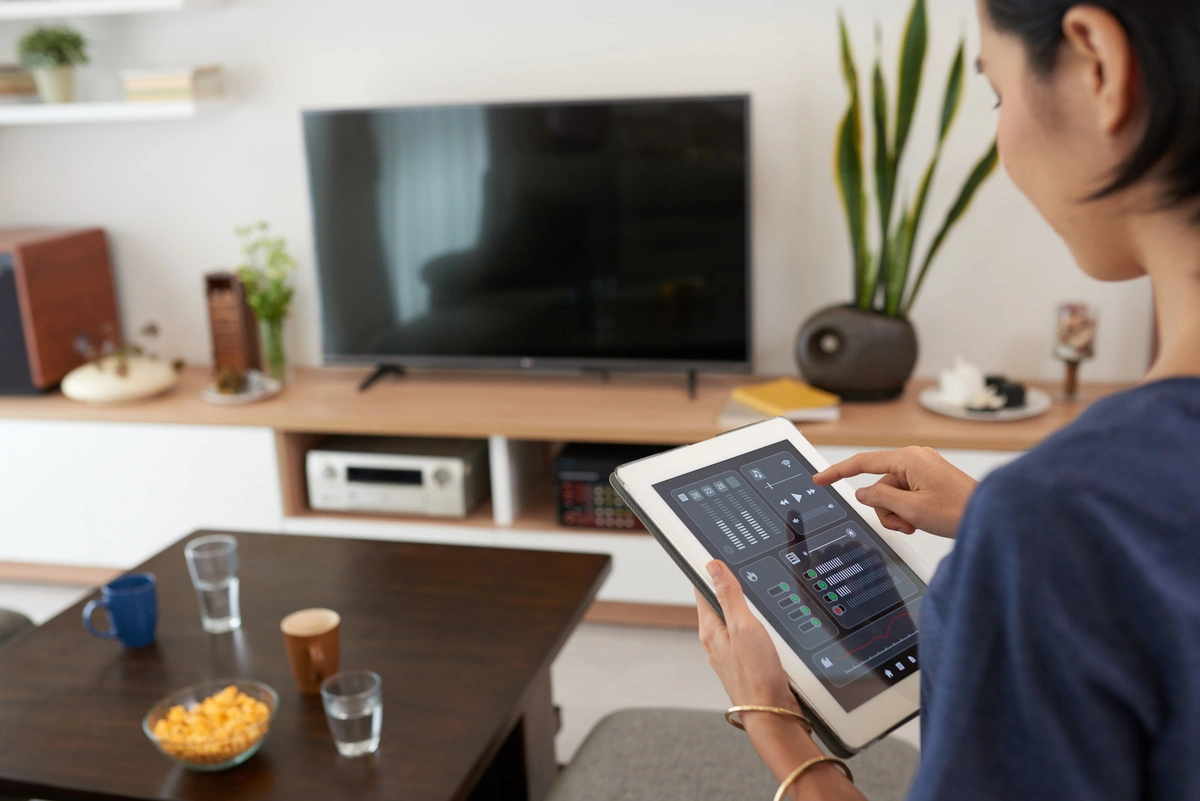
Smart Home Features
A smart home is said to have a level of technology that can’t be found in any other home. You can now schedule or give a smart device a task that used to take up time in your day, giving you more time to do the things you enjoy.
Automation: The New Helper
You could wake up to the smell of fresh coffee from your smart coffee maker, which started brewing when you hit the snooze button for the hundredth time.
Or coming home to find that the lights have been on since dusk and the thermostat has been set to the temperature you like, all thanks to geofencing. Smart home technology works best when you can do these things without using your hands.
Energy Efficiency: Greening the Home.
Smart Homes are great at controlling how much energy they use to cut down on waste and costs. Smart thermostats learn your routines and change the temperature and humidity to fit your way of life. This saves you energy and time without you having to do anything.
In order to leave less of an impact on the environment, LED light bulbs turn off by themselves when the room is empty, and solar panels are watched to make sure they collect as much energy as possible.
Security Systems: New Ways to Be Alert
When it comes to security, a smart home doesn’t just have safety systems to keep people out; it actually works to keep your home safe. Smart security gives you peace of mind both online and off.
It includes cameras that connect to your phone and send live video feeds and motion sensors that let you know when someone enters your property.
Know more about smart home features.
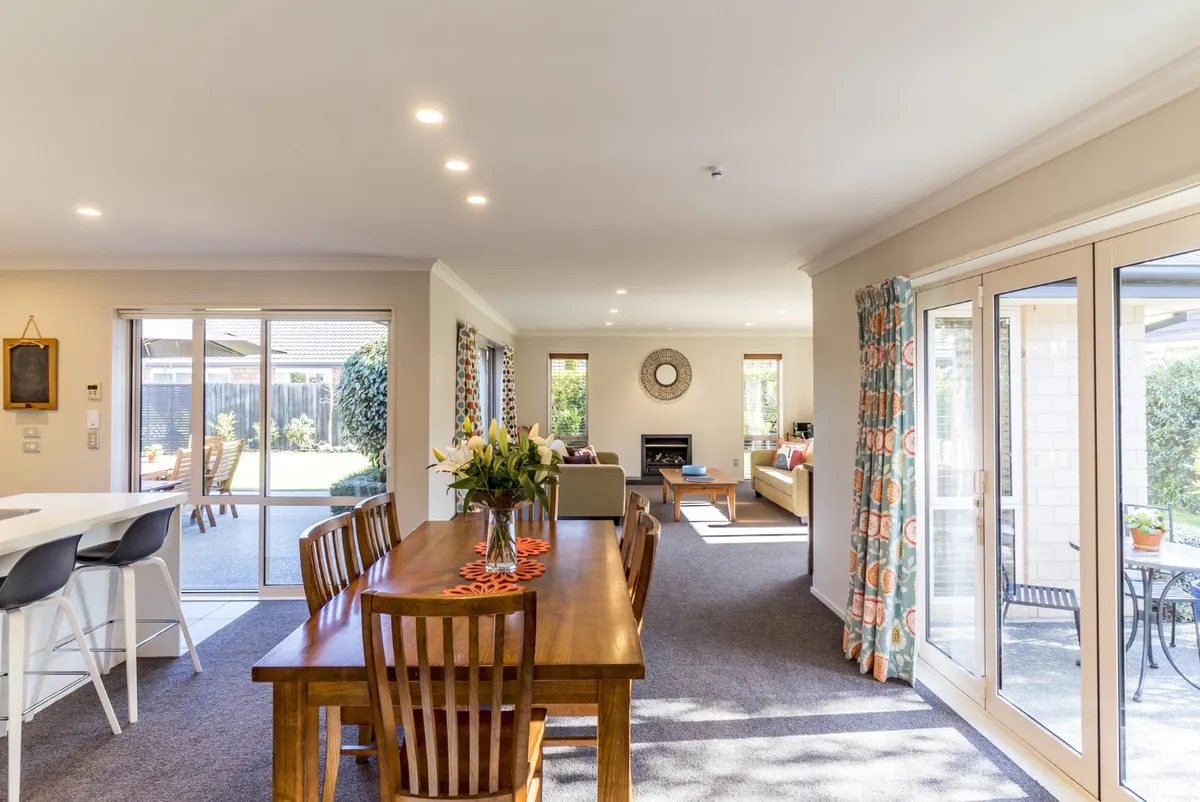
Normal home: the comfort of familiarity
It’s easy to forget how charming and useful standard home setups can be when smart homes have so much to offer. Running a traditional home by hand is a live example of how creative and tough people can be.
Manual Operations
Some things we do that connect us to our surroundings and the things we use are sweeping dust off a wooden floor, turning the mechanical dial on a clothes washer, and strumming the strings of an acoustic guitar.
A normal house is built around these connections, giving people a place to be creative that requires their own work and presence.
Basic Utilities: Just the Essentials, No Extras
Normal homes don’t have a lot of extras. They just have the things that are necessary. Each useful thing is valued for what it does best, like a gas range for cooking or a book of matches for lighting up when the power goes out.
There is pure satisfaction in using these tools in the simple, intended ways they were meant to be used, without the help of technology.
Personal Connection
In a normal home, people, not devices, are what link people. When the TV is off and there is a home-cooked meal on the table, the talk flows and family bonds form.
People are the only way to connect in this way, and it’s easy to forget about them in the chaos of a smart home where everyone is linked but not always present.
Comparison Points: Assessing the Pros and Cons
Moving from a regular home to a smart one isn’t just a matter of personal taste; it’s also about how these choices affect our money, the environment, and, in the end, our health.
The Cost of Modernity
Smart devices usually cost more than regular ones, so setting up a smart home might seem expensive at first. However, the money you save on energy costs and possible insurance discounts over time can more than cover the cost.
While these benefits are important, it is also important to think about how much it will cost to maintain and improve technology that changes so quickly.
Lifestyle Enhancement
Meeting the specific needs and wants of each person who lives there is what makes a home a home. A smart home can easily and precisely change to your lifestyle, but you need to know a lot about technology and keep it running.
A Normal home is more simple, which can make you more aware and present, but it’s not as well suited to the fast-paced nature of modern life.
As a result, the smart home is not the clear future we thought it would be. Traditions are interesting and add worth to our lives, and they are hard to replace with ease of access and communication. But the smart home makes a strong case for improving our daily lives and tackling modern issues like saving energy and keeping our homes safe.
You don’t have to choose between the two; you just have to find the balance that fits your ideals and way of life.
No matter which option you choose, it’s clear that technology shapes our lives and will continue to do so. The home, in all its forms, should represent the best parts of your life and connect the past and the future, whether you stick with the on-wall switch or choose the touchscreen interface.
